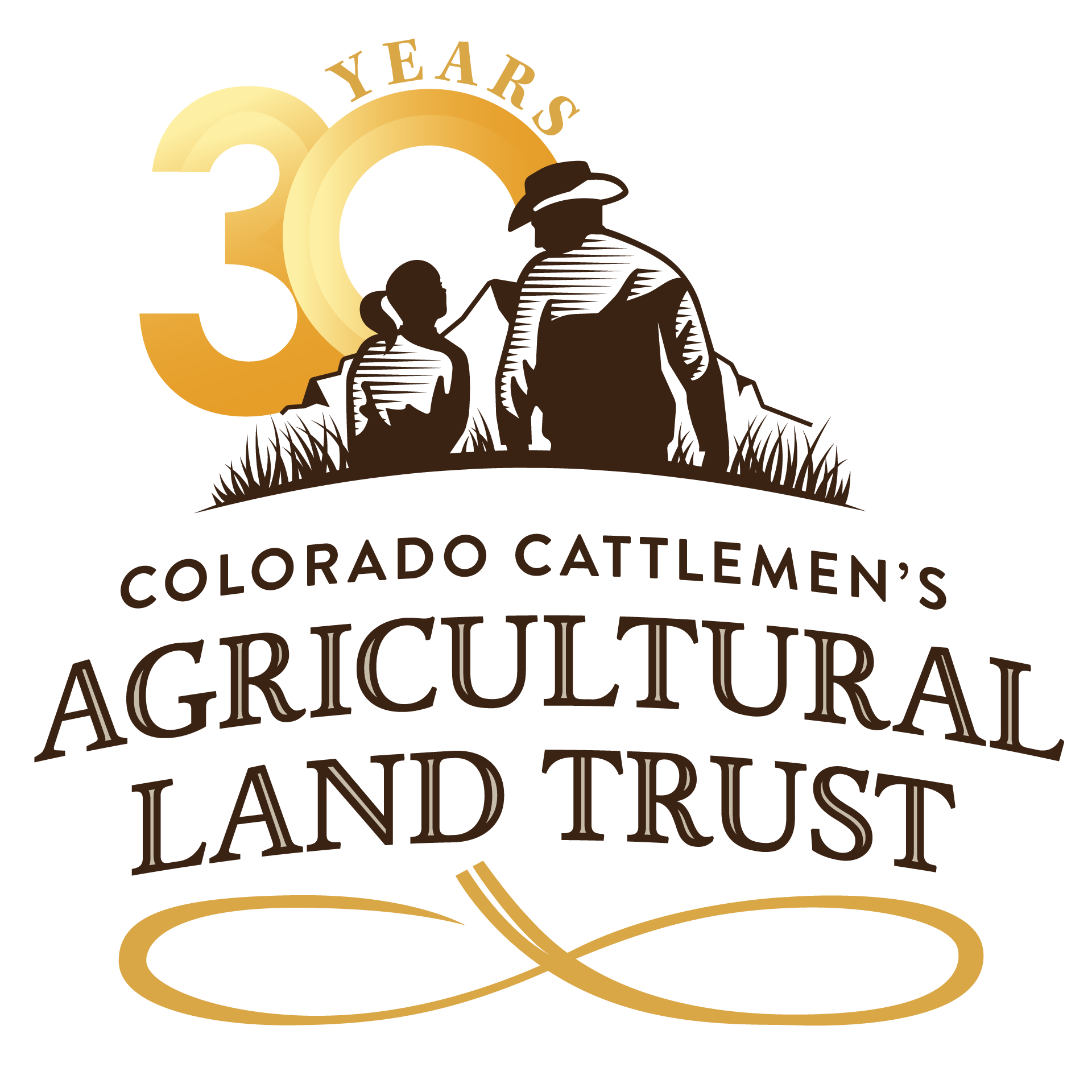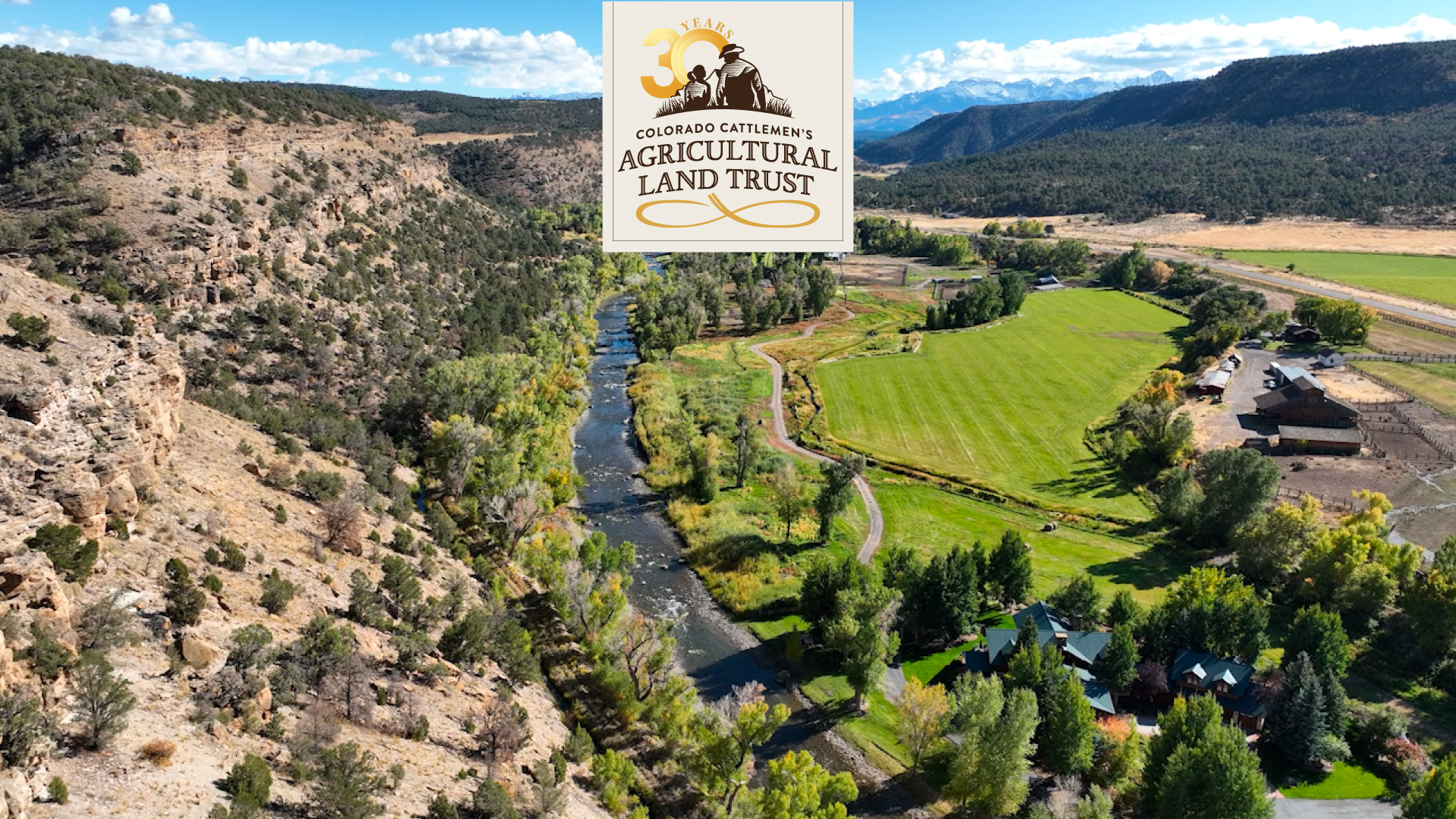From One Generation to the Next – Centennial Ranch
A new generation of stewardship and conservation has begun on the first property conserved with CCALT.
May 1, 2025
by: Karina Puikkonen
10-minute read
The Kontny family conserved Centennial Ranch near Ridgway on August 25, 1997, establishing a legacy that anchored CCALT’s beginnings. The Kontny’s became the Colorado Cattlemen’s Agricultural Land Trust’s (CCALT) first landowner-partners in conservation, and the property became CCALT’s first conserved property. Vince Kontny passed away unexpectedly in 2020, and Carolyn and Darryl Flaming soon took up the reins, beginning a new life as ranchers and land stewards on Centennial Ranch.
“A new generation of stewardship marks not just a new chapter at Centennial Ranch, but a renewed promise — to care for the land, to honor those who came before, and to ensure that Colorado’s rich agricultural legacy thrives for generations yet to come.”
– CCALT Executive Director Erik Glenn
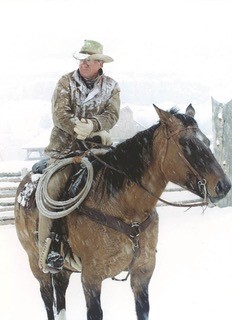
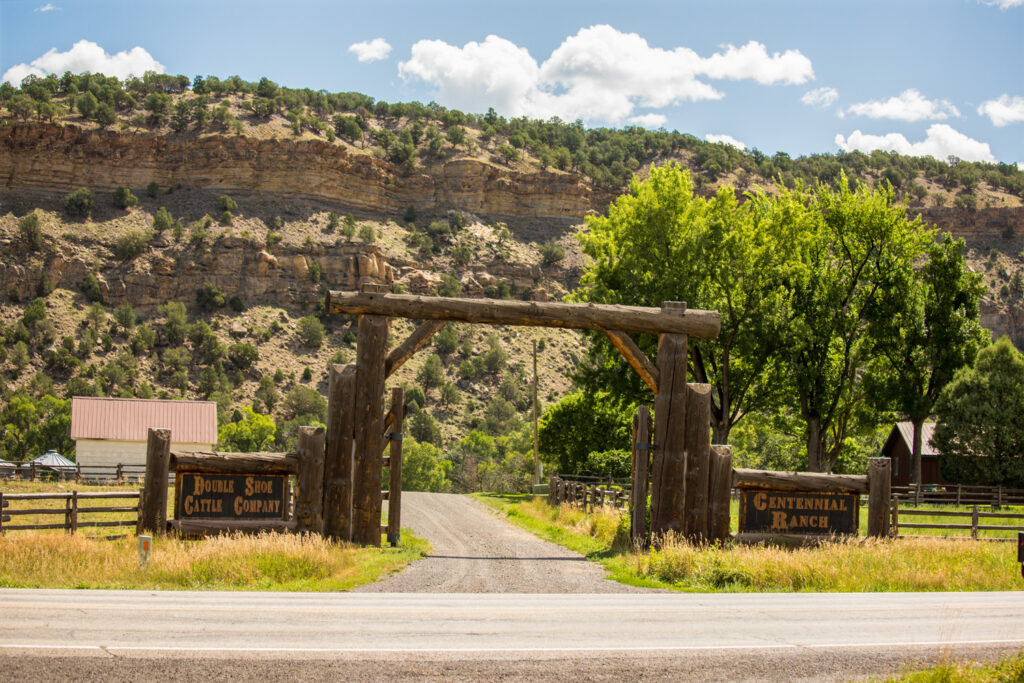
The Way Back to Family Roots
Like Vince Kontny’s path to ranching, Darryl and Carolyn Flaming never lost track of the ranching roots Carolyn’s family planted, even while pursuing other careers. Carolyn has early memories of visiting her grandfather’s Rancho Bernardo in San Diego, California. Her family sold the California ranch in the 1960s and moved to New Mexico where they began building up what would become the 200,000-acre Corralitos Ranch west of Las Cruces, where most of Carolyn’s formative ranching memories were made. The ranch remains in the family today.
“We would spend each Christmas and most summers at the Corralitos Ranch, and if I got straight As, I would also get to miss school for a week to help with branding,” Carolyn said.
Carolyn grew up, married Darryl Flaming, and began her adult life in San Diego while introducing Darryl to the Western way of life. Darryl admitted, “My ranching background is absolutely zero.” They began owning horses and would trail ride around southern California, always thinking that it would be special to own a ranch of their own. Through Darryl’s storage business, they had been coming out to the Montrose, Colorado area for 25 years. Covid came and went, and then their children went off to college. The timing was finally right in the fall of 2021.
“We almost moved out here 20 years ago,” Darryl said. “We knew the area and we finally thought, the kids are gone, let’s look around and we found Centennial Ranch – and pulled the trigger.”
“And we haven’t regretted one single day,” Carolyn added.
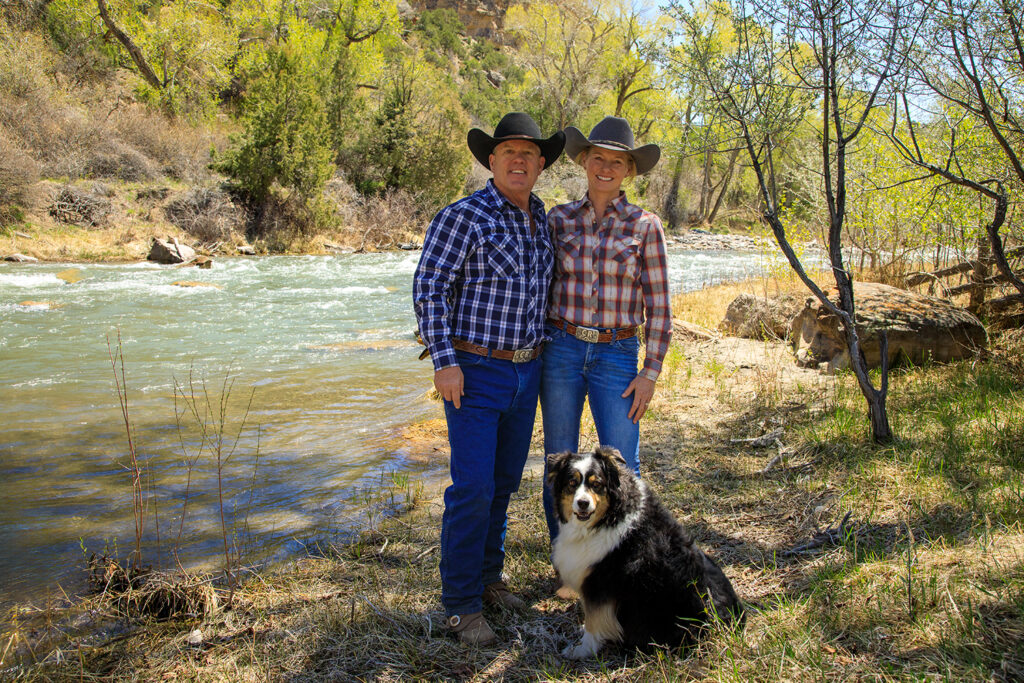
Grateful for the Ranching Community
As new ranchers building their own agricultural operation, the Flamings became part of a knowledgeable ranching community that has been tried and tested for generations. The couple travels across the region meeting new neighbors and other ranching families all the time. They buy animals from the 4-H program, help ranchers find bulls that have gone astray (and vice versa), catch up with people at horse and bull sales, and the community helps each other with annual ranch brandings – all of which allows Carolyn and Darryl to learn what’s happening on ranches in the community and gain tips and tricks of the trade.
“In this agricultural community, everyone is welcoming,” Carolyn said. “We’ve loved meeting everyone along the way. Our little ranching family tree keeps growing.”
Centennial Ranch has been under excellent land stewardship, largely thanks to Jason Middleton, who was the ranch manager on Centennial Ranch with the Kontny family for nearly two decades. Middleton was born and raised on a ranch in nearby Colona and has always believed in the land stewardship philosophy of “leaving something better than when you found it.” The Flamings asked Jason to continue managing the ranch after they purchased it.
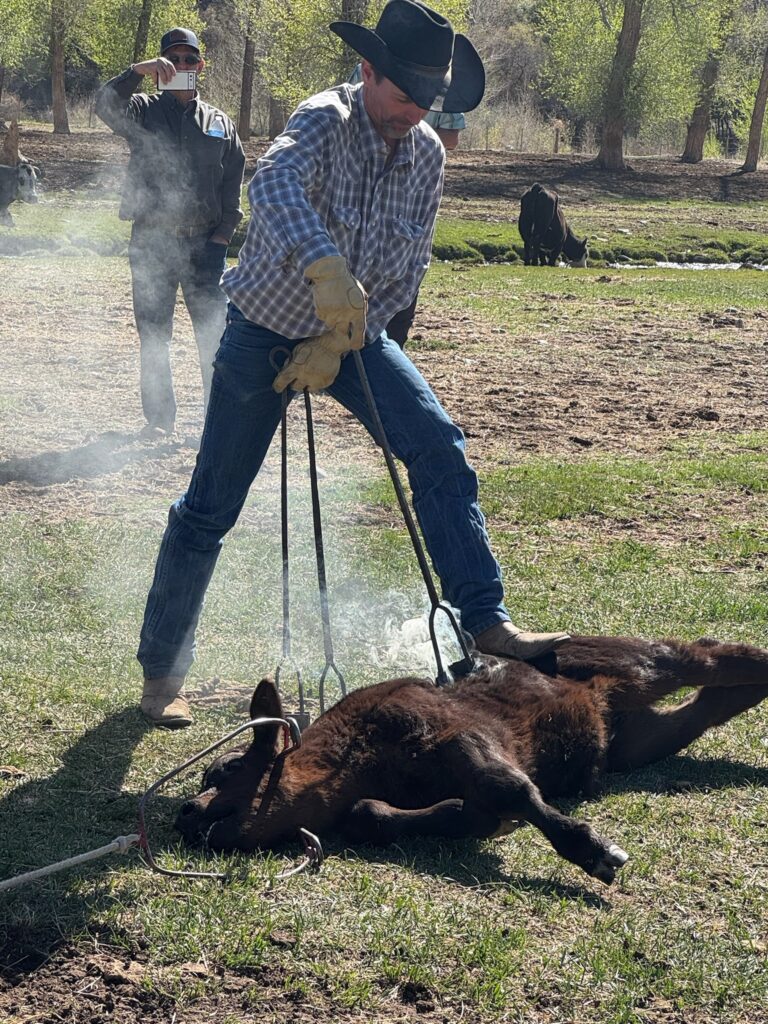
“Jason is a huge factor in our success. We’re fortunate that Jason stayed to manage the ranch,” Darryl said. “He’s been doing this work his whole life. We are learning and at the end of the day we want to help Jason get the job done.”
The Flamings run a cow/calf operation that began with cows they purchased from the Kontnys. They have since expanded their herd size, ranch acreage, and summer grazing leases near Centennial Ranch. The ranch also produces hay on 100 acres and on another 100+ acres leased from a neighboring ranch, both of which feed their cattle each winter.
“Learning from Jason reminds me of watching my grandfather,” Carolyn said. “We have the cows all around the house calving out and we get to see the calves as they’re being born. We call them kids – the calves. And seeing this land produce the hay and when snow is on the ground, feeding the hay to the cattle, it’s an amazingly self-contained system.”
Buying a conserved property in an established agricultural community also offers some advantages for new and beginning ranchers. The Flamings learned they have a conservation partner in CCALT and did their homework before purchasing this conserved property.
“We knew a little bit about conserved properties but studied it a bit more to understand what you could and couldn’t do,” Darryl said. “It was good to see that we would have enough flexibility to run our operations and enough building envelopes for future housing and operational structures as needed.”
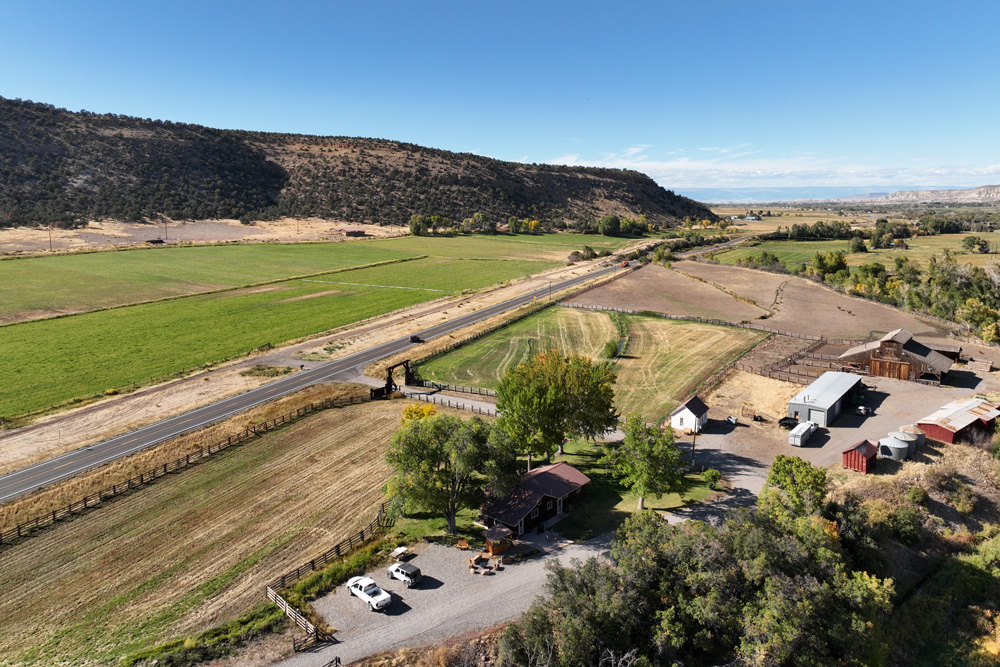
CCALT’s conservation model was built to ensure that each conservation easement could be tailored for each family’s unique agricultural operation, allowing families to continue managing the ranch as they see fit and grow their operations as desired while maintaining the conservation values protected by the easement.
“At Centennial Ranch, stewardship is more than a responsibility—it’s a legacy. Each generation builds upon the last, ensuring that the land remains prosperous and productive. Together, across generations and across Colorado, we are keeping our ranching heritage alive, ensuring that the land, the people, and the traditions endure.”
– Megan Knott, CCALT Senior Director of Stewardship and Rancher
The Cycle of Life on Centennial Ranch
Becoming ranchers meant learning a new timetable. Long gone are the 9-5 days of work. The cyclical rhythm of each season has become the annual cadence for the Flamings.
Each new season begins in February when Centennial Ranch starts to calve. This process goes into March and April. The end of April and early May is when branding season begins in their community. The Flamings held their 2025 branding during the last week of April.
“My favorite part of ranching is branding and cattle drives,” Darryl said. “Friends and local neighbors come and help. We do it old school – rope the calves on horseback and brand them at the fire.”
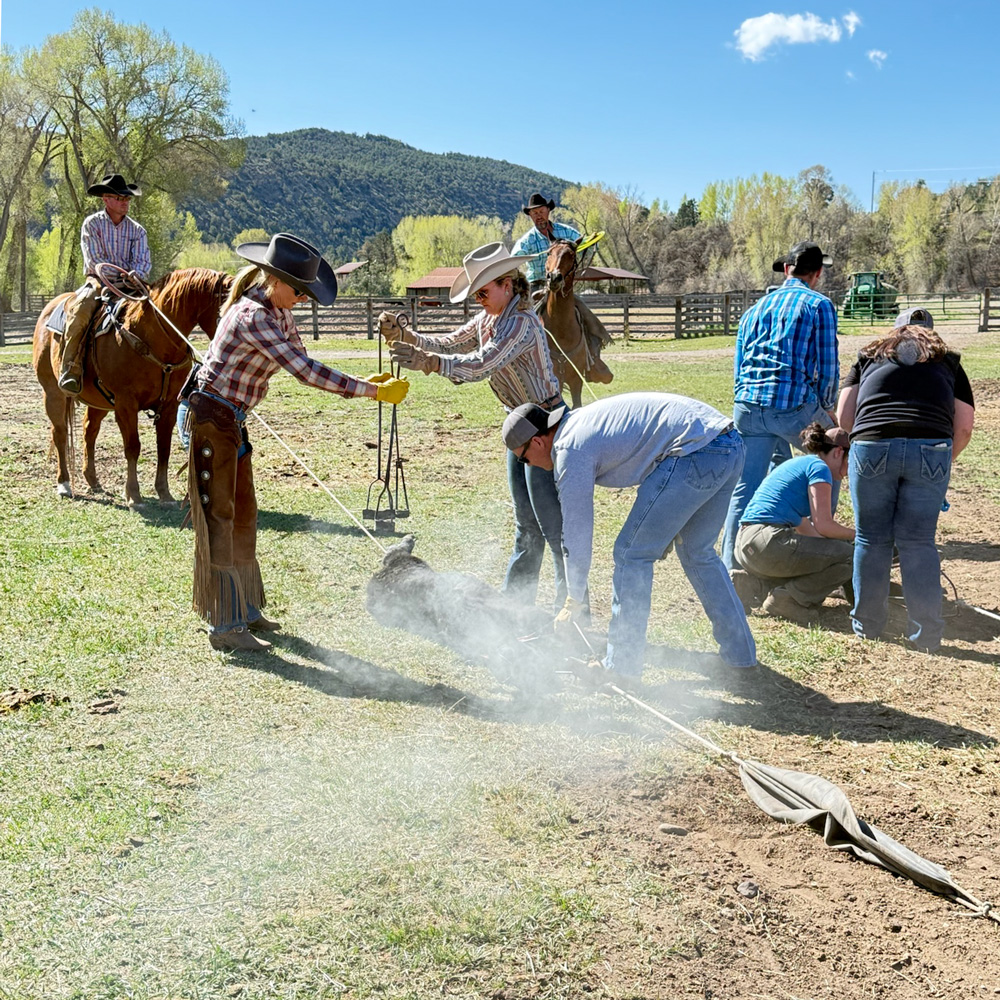
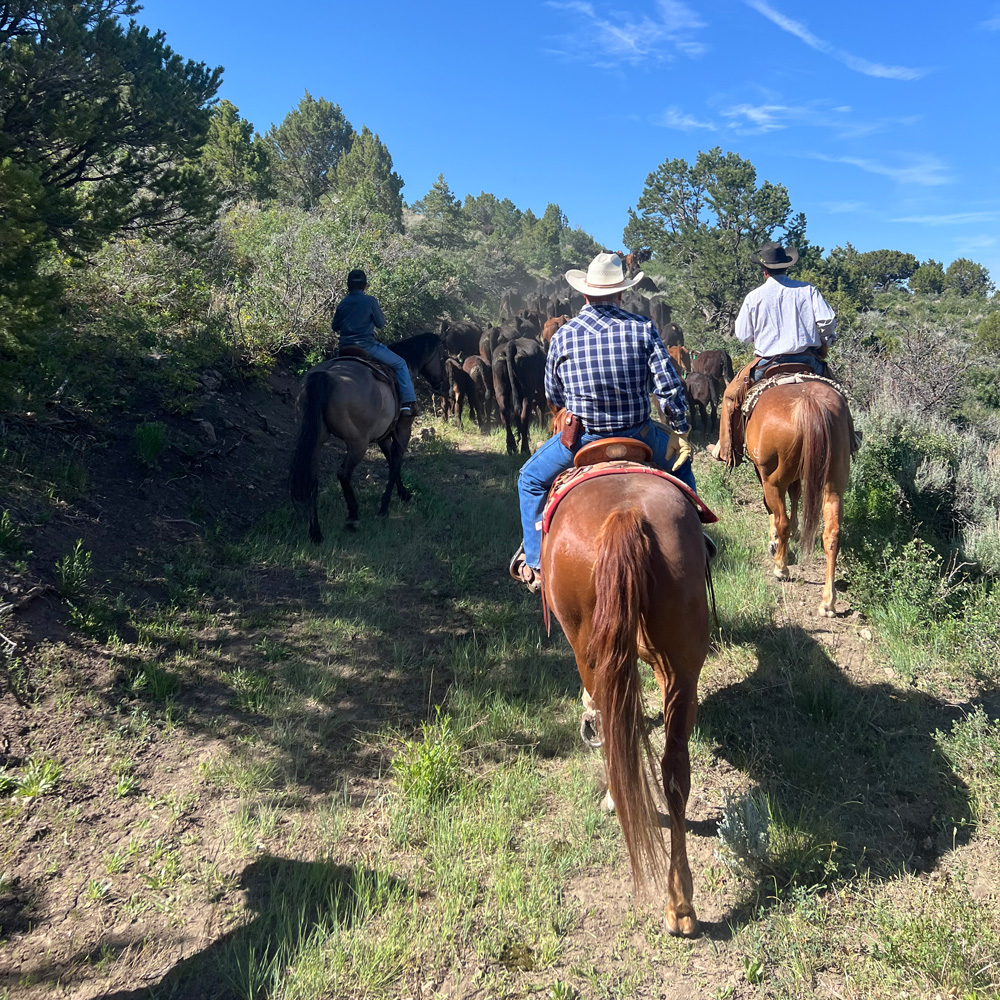
Late springtime also marks the beginning of farming season and haying operations with the added task of fixing fences on their mountain properties before taking the herd up to pasture in June. The Flamings and Middleton truck the herd halfway up to corrals and then drive them the rest of the way to pasture lands by horseback, checking on the herd weekly. In the fall, they reverse the process and drive the herd by horseback the full 12-miles back down to Centennial Ranch to winter, feeding on the summer’s stored hay, while the calves are taken to auction.
“My favorite part? Just knowing that every day there’s something new to see, do, or learn,” Carolyn said. “You hop in the side-by-side and live it, smell it, hear it, and touch it every day.”
While they continue ranching in a traditional way, the Flamings have made updates and upgrades to the ranch that support their operations. They remodeled a few barns and added an equipment shed while the “Old Barn” with the Centennial Ranch sign remains in its original, historic state as a standing symbol of the ranch’s legacy. The historic Line Cabin on the property looks the same but now has plumbing and electricity for use as a guesthouse. The Uncompahgre River runs through Centennial Ranch, and the water rights remain on the land for agricultural use through the conservation easement and good resource stewardship.
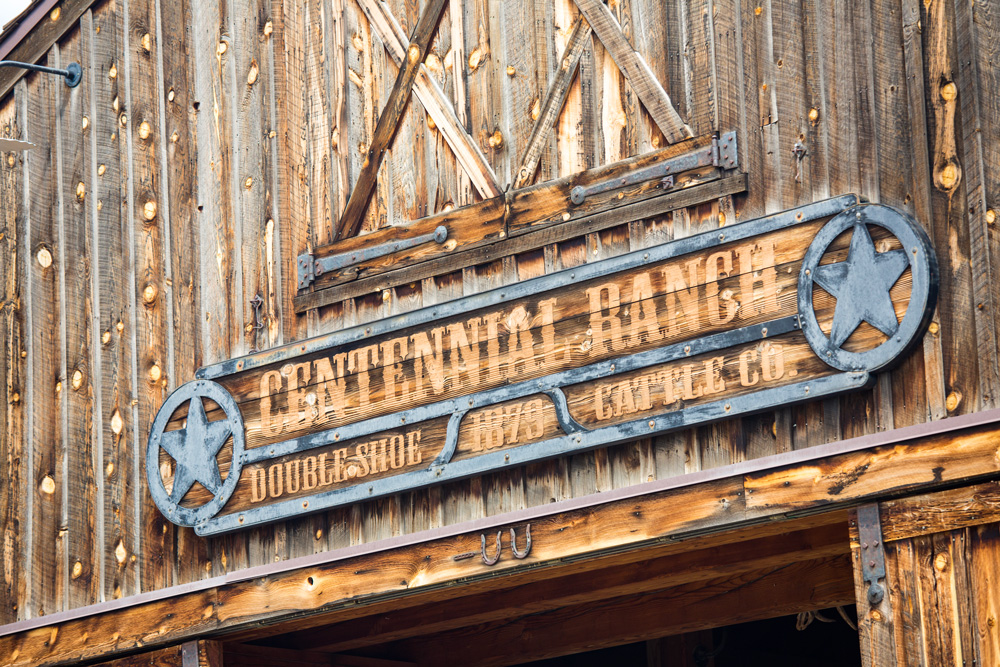
“We’ve been upgrading the ranch but keeping the same roots.”
– Darryl Flaming
“We have a ranch that will remain just as it is, and have our little slice of the ranching pie,” Carolyn said. “It’s a job and it has a purpose, but it’s still pretty fun.”
– Carolyn Flaming
When Carolyn and Darryl travel around the country they share their ranch story with people and describe the beautiful area in Colorado their ranch is part of.
“People are fascinated. We show them photos and they are amazed we just left San Diego and bought a ranch,” Carolyn added.
We at CCALT are excited to continue supporting the Flamings in their dedicated stewardship and conservation of Centennial Ranch “From One Generation to the Next.”
